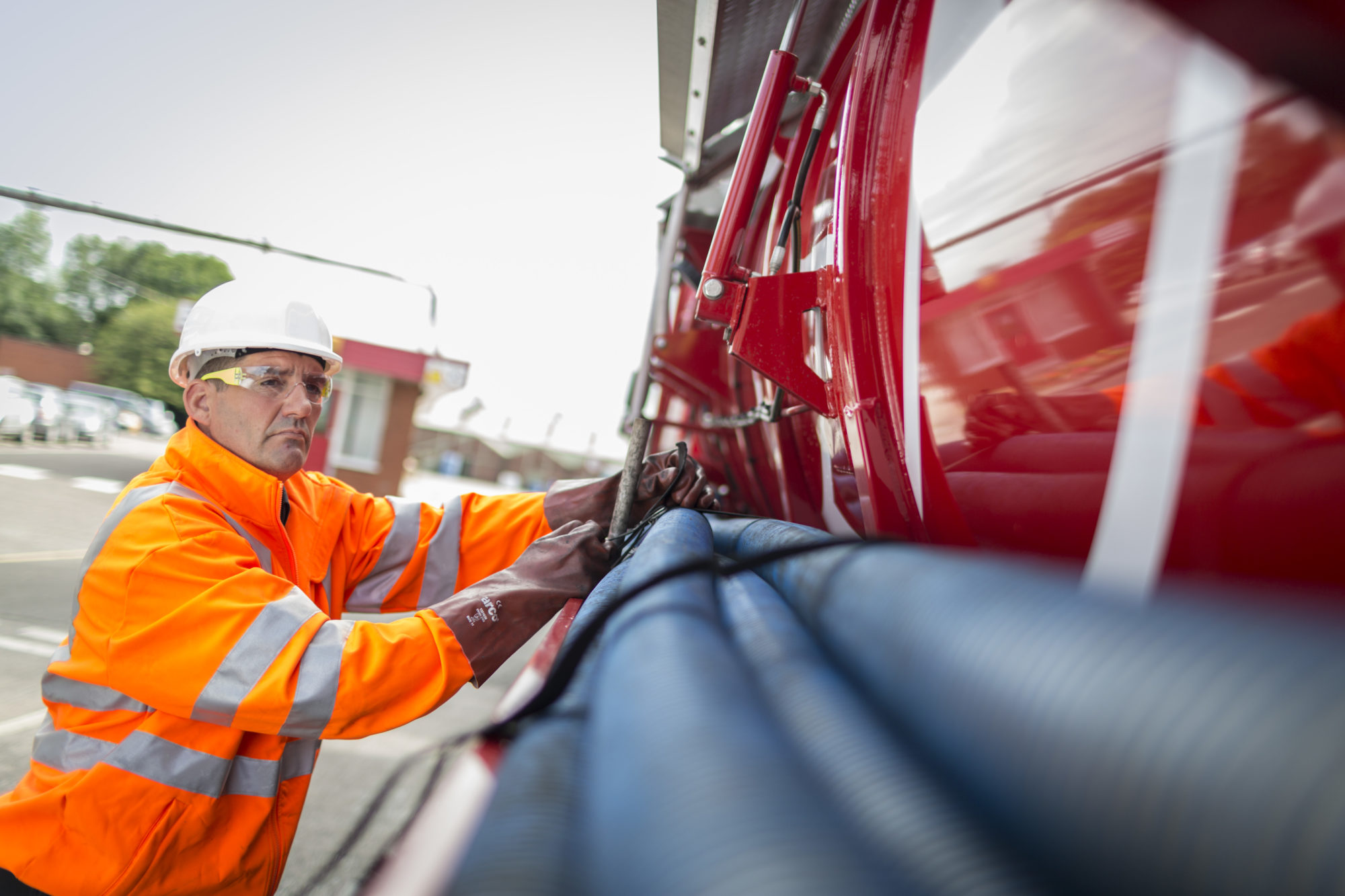The Future of Waste
16 December 2019 by CSG

As we enter 2024, we are trying to predict what the future of waste management will look like. The industry is constantly transforming, with the development of new technologies and better understanding of waste.
CSG is adopting new innovations and following the latest trends to remain at the forefront of delivering the best waste management solutions to our customers – today and tomorrow.
We have gathered the biggest waste management trends that will bring the most important changes to the industry in the next decade.
No more “make-use-dispose”
For some time now, society has been built on a linear waste model – where the product lifecycle starts at production, is followed by usage, to finally end at disposal. Leading waste experts agree that this model is outdated and unsustainable, and we need to switch to a circular model.
Switching to a circular economy would require a total rethink of our economic system. Waste needs to be viewed as a valuable commodity – rather than wasted materials. Meaning, rather than landfilling or burning waste, it will be treated so that it can be turned into a valuable resource used to create new products.
Today, waste disposal is often seen as an afterthought, but to fully incorporate a circular economy it needs to be thought of in the very first stage of the product lifecycle; design and manufacturing. That way the goods of today, can be seen as the raw materials of tomorrow.
CSG offer a waste mapping service that reverses the traditional model and advises our customers on how on-site waste management techniques can make sure the benefit of this resource is maximised, leading all the way back to the customer’s procurement philosophy.
Changing perceptions
As mentioned above, to adopt the circular economy, waste needs to be thought about at the beginning of a product lifecycle rather than at the end. This means that companies need to completely rethink the way they do business and evaluate where waste is created in a product’s lifecycle. Continuous efforts to reduce generated waste or eliminate it from it the lifecycle.
Waste generation occurs at all stages of the product lifecycle, from the creation of prototypes, to manufacturing, shipping, and packaging, a lot of which goes unnoticed to outsiders but is essential to facilitate a circular economy.
You also must change the perception of ordinary people. Sir David Attenborough recently urged people to live the way they wanted as long as they “just don’t waste”. Buy less, buy pre-loved, repair broken items, recycle as much as possible. There’s an abundance of ideas of reducing waste in your own home.
With an ever-increasing world population, it is safe to assume that the amount of waste will increase in a similar rate – UNLESS we change our consumption pattern.
Here are some scary figures that shows why we need to RETHINK:
- Around 7 million tonnes of food are thrown away each year, out of which 70% was estimated to still be edible.
- 350,000 tonnes of clothing items are sent to landfill each year.
- The UK is the fifth-largest producer of e-waste, amounting to a whopping 1,632 metric tonnes of e-waste in 2016. An estimated 90% of all e-waste produced worldwide goes to landfill, is in incinerated, illegally traded or otherwise treated in a sub-standard way.
Waste to energy
Much of the waste we are unable to reuse or recycle is currently sent to landfill, but we could be missing out on a more sustainable disposal route where we can make the waste into energy through burning it at incinerators.
The Nordic countries are often praised for being at the forefront of waste-to-energy (WTE), with Sweden incinerating close to half of its unrecycled household waste, providing heat to approximately 1.2 million households.
As our reliance on oil, coal and gas reduces, innovative WTE-technology provides a feasible and reliable substitute for the consumption of raw materials. It is evident that this is going to become a growing energy generation route of the future.
Waste to energy capacity is currently limited in the UK and we are reliant on the available incineration capacity in Europe. CSG Recovery has established routes into WTE outlets in Europe for hazardous waste, but to take full advantage we need a future where the UK is self-sufficient in this regard.
Waste technology
It is not a big surprise that technology is rapidly taking a centre stage in the waste industry, as in most other industries.
Here are some examples of how technology can help make the waste industry more precise and efficient.
- Dividing waste from recyclable materials, using artificial intelligence. The automated waste segregation identifies different type of waste and quickly separates them from each other for an efficient and reliable waste management processes.
- Develop new methods to turn unrecyclable waste into a valuable resource, for example making biofuel out of cooking oil through enzyme-based solutions or using anaerobic digestions to break down biodegradable waste into biofuel or compost.
At CSG, we pride ourselves on our ability to develop unique and innovative waste treatment solutions; our skilled chemists and technicians work together to develop new technology which answers difficult waste treatment problems. In doing so we ensure that waste taken into our facilities is handled in accordance with the waste hierarchy, ensuring that our environmental impact and that of our clients, who trust us to handle their waste, is as minimal as possible.
Final words…
CSG is committed to ensuring the management of waste today and into the future is sustainable, innovative and reactive to the future changes we expect to see.
Do you agree with our predictions? Let us know how you think the waste management industry will evolve in the next decade!
